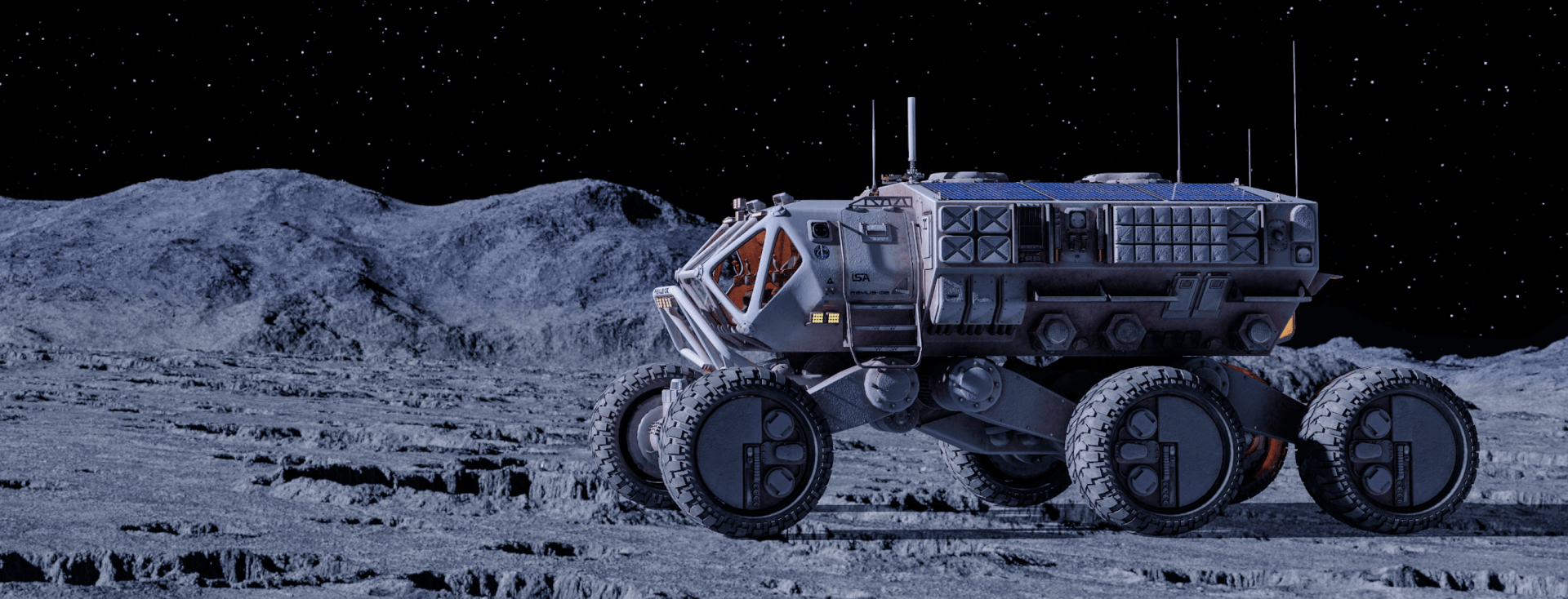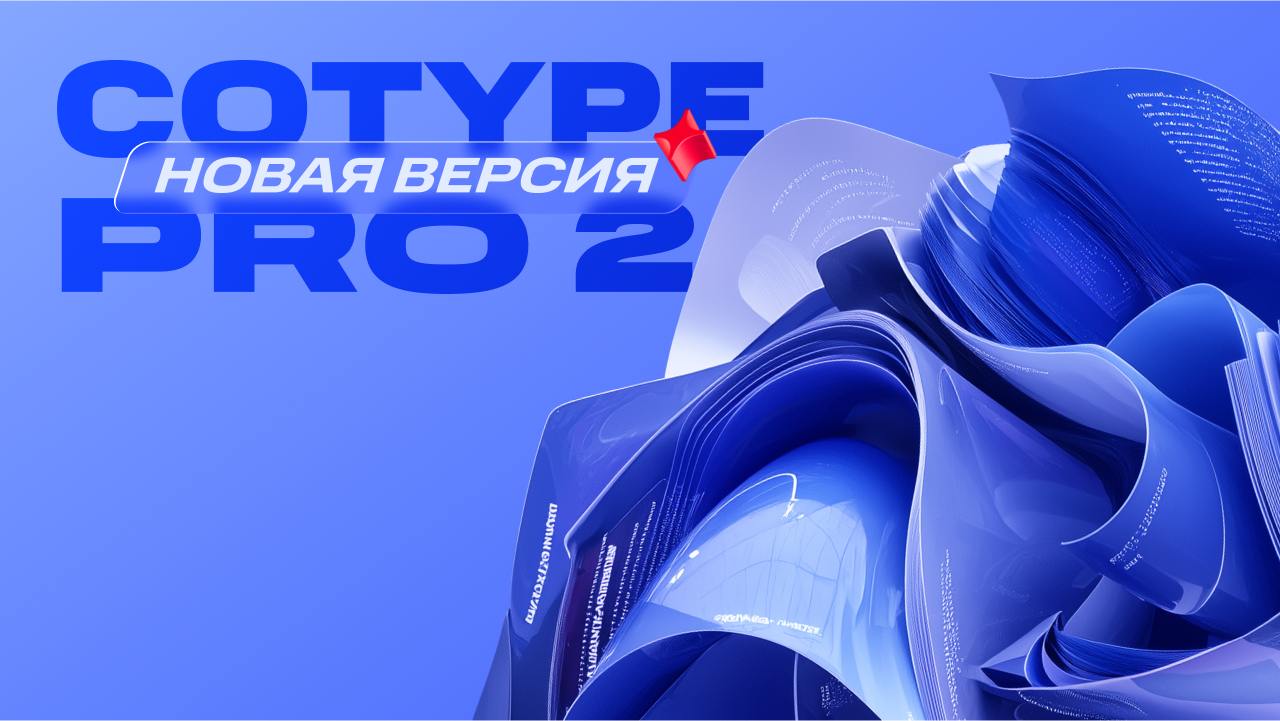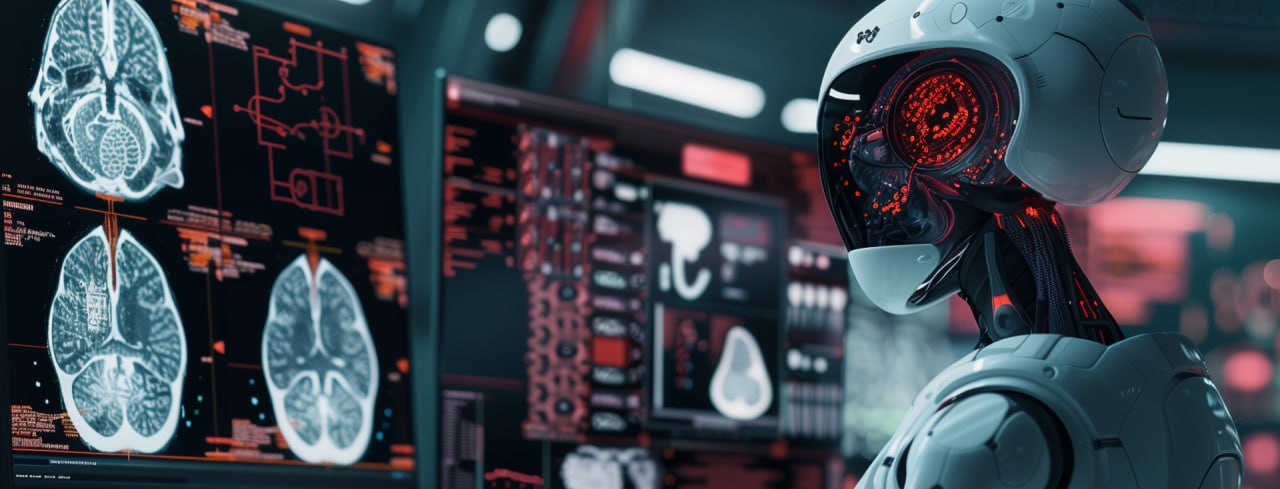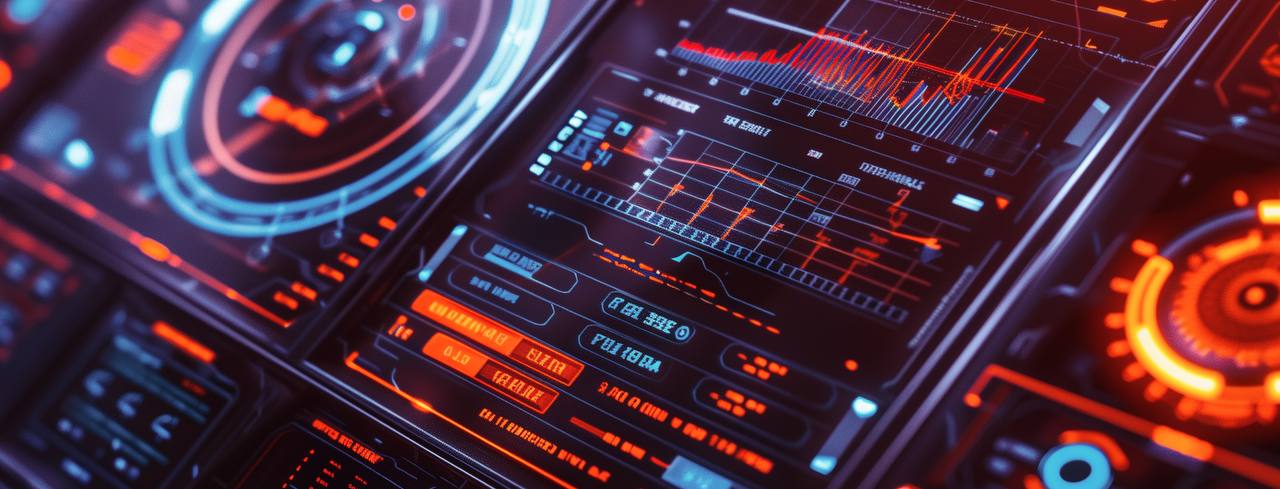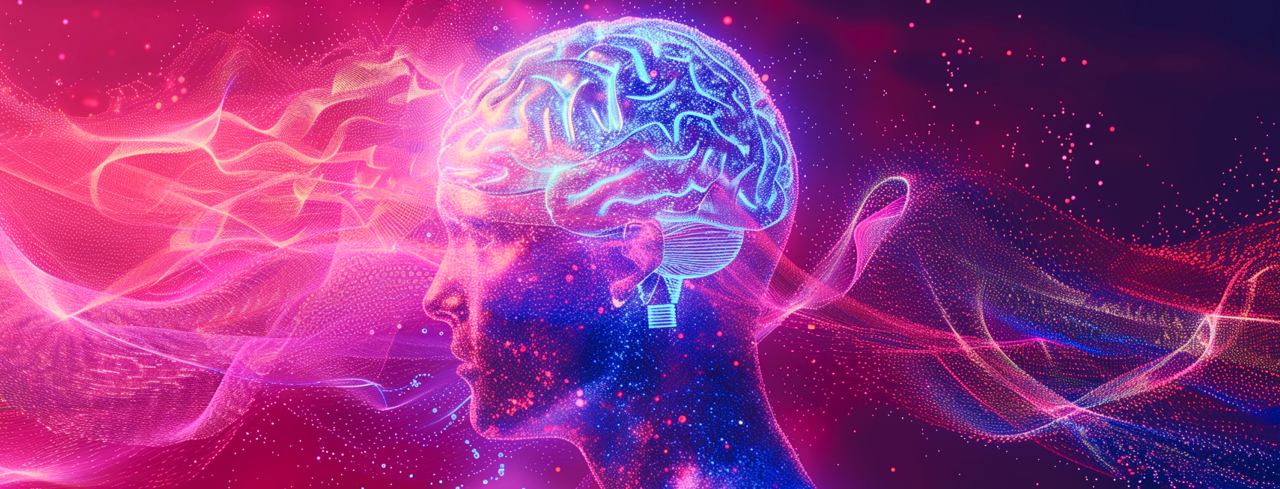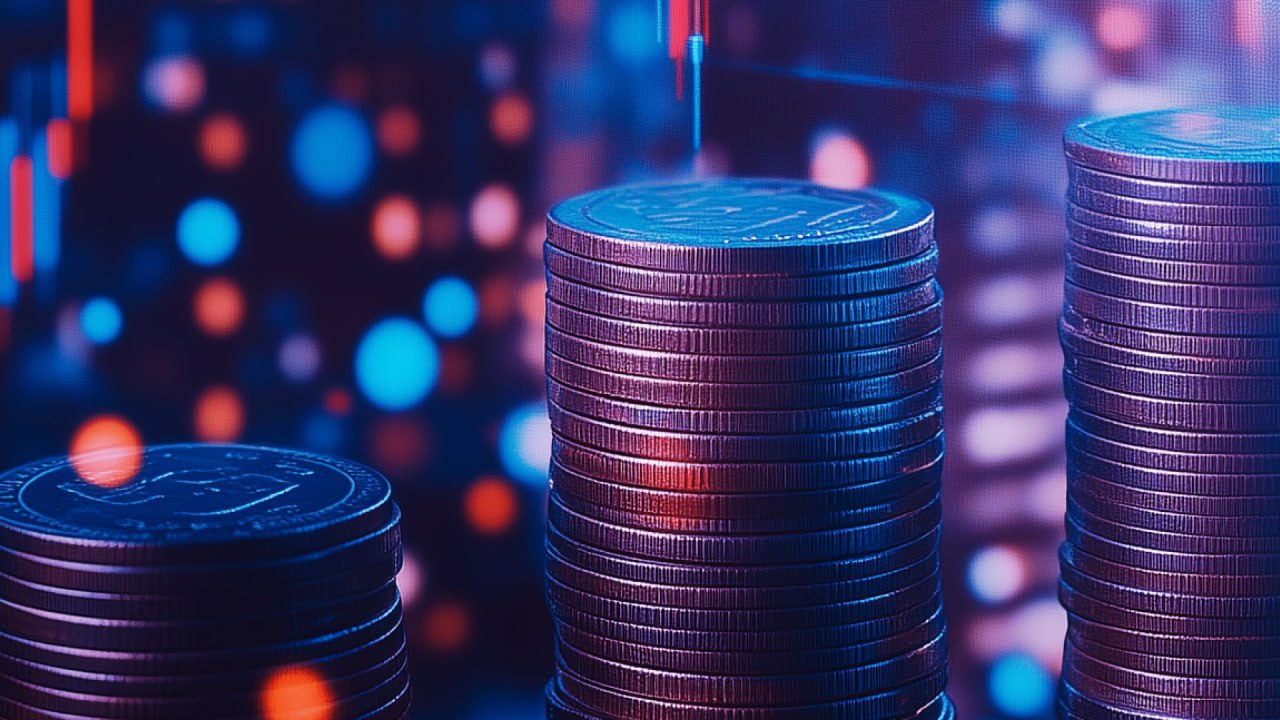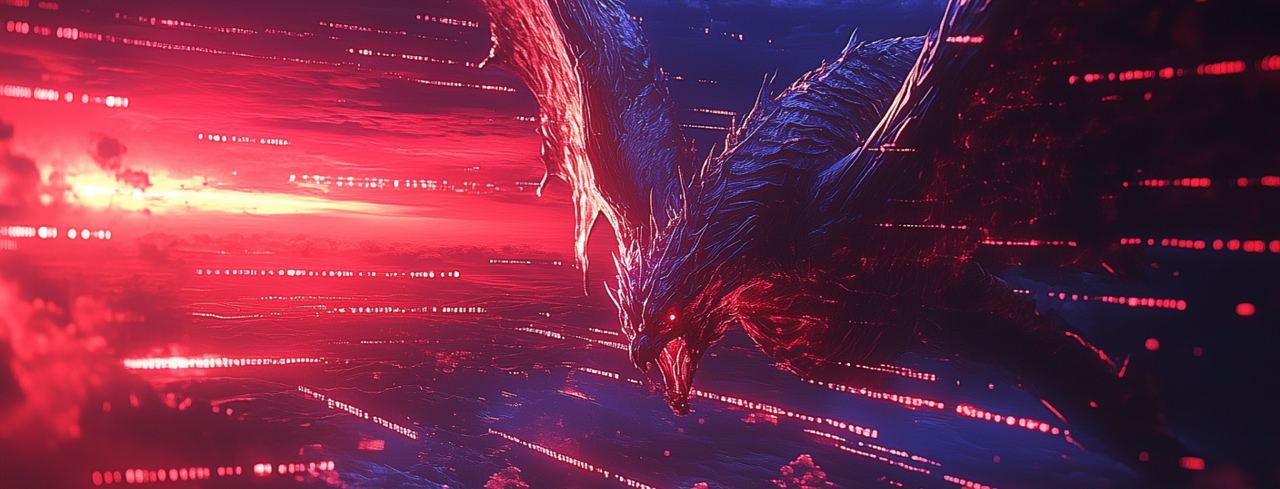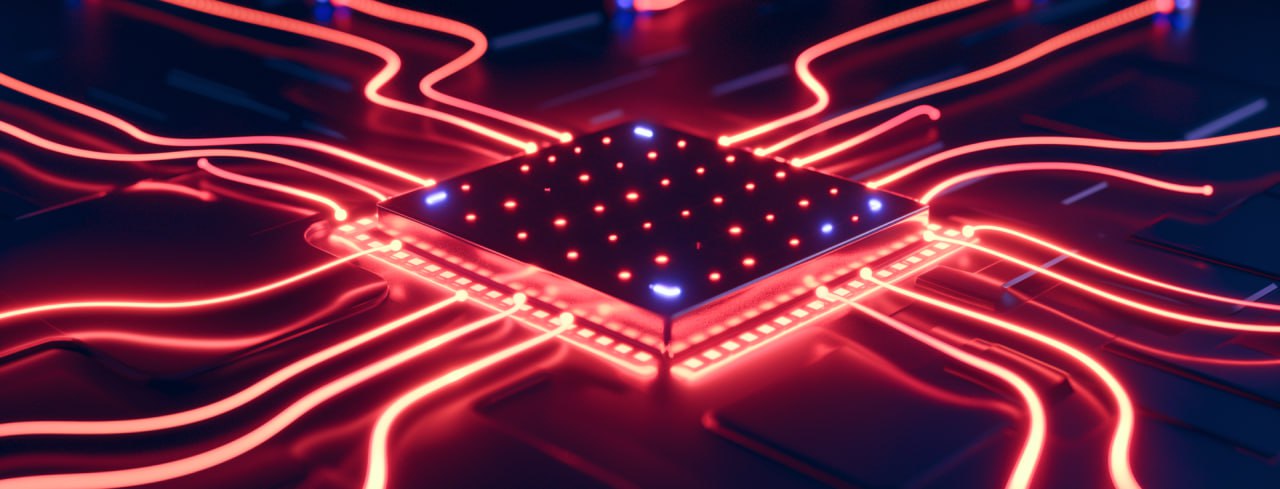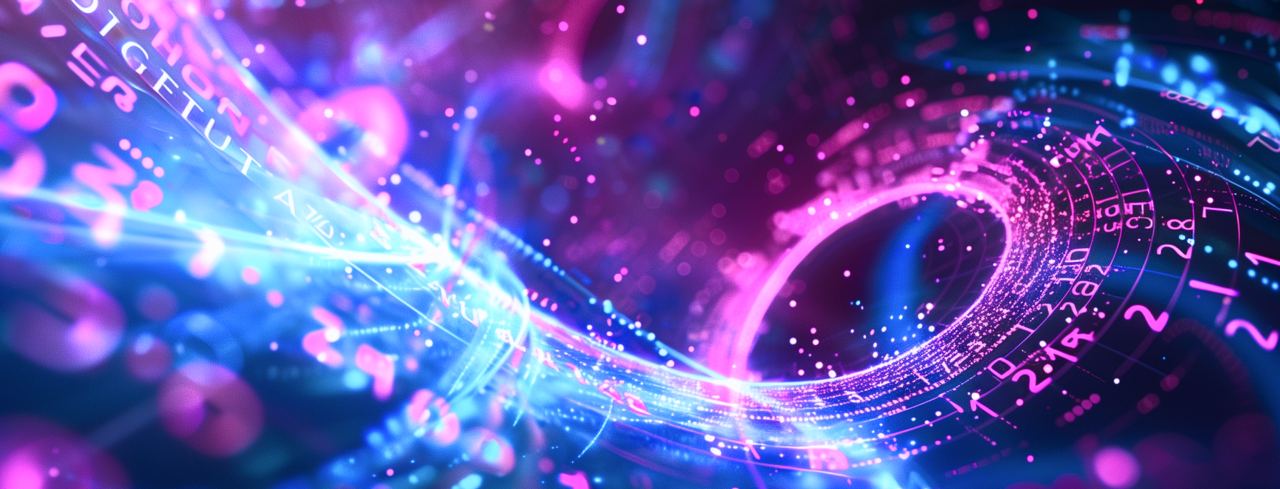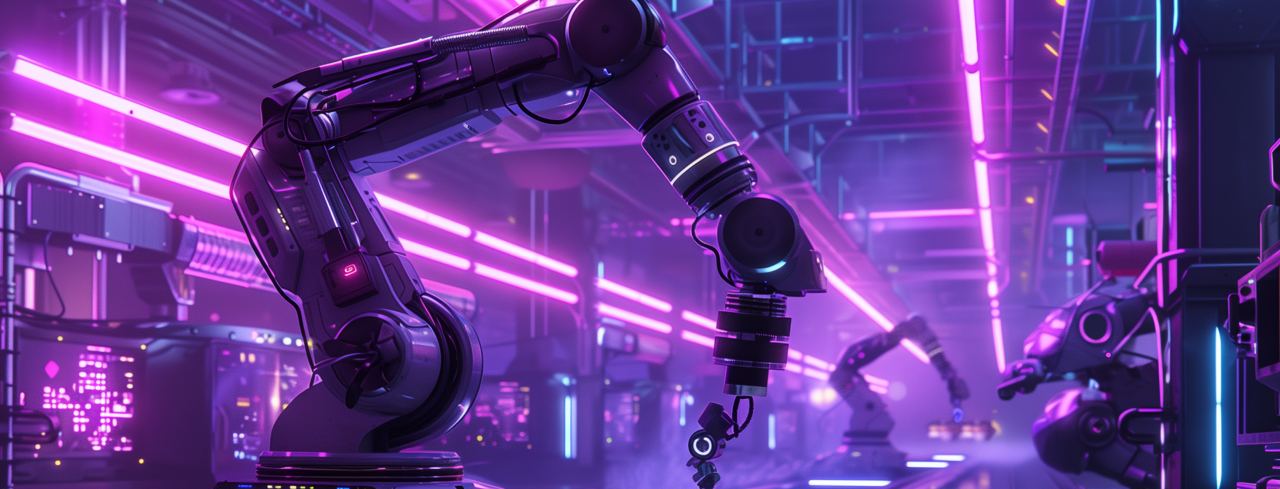In this last issue of #InfocusAI digest in 2022, you will learn how AI will help clean up the Earth’s orbit from space junk and navigate on the Moon, and how it manipulates atoms and checks school kids’ essays. We will also tell you about the features of OpenAI’s 3D model generator.
AI focused digest – News from the AI world
Issue 8, 8-22 December 2022
A new technique is in place to better recognize objects in space via AI
An international research team has come up with a new AI-powered technique to better detect and categorize different objects in space, including satellites, spaceships and orbital debris. It can be of great practical value in space missions and orbital operations, such as space junk cleanup jobs. In short, the proposed innovative concept is essentially a combination or fusion of two decisions. At first, the researchers trained an EfficientDet model with EfficientNet-v2 backbone to localize and classify space objects using clean data from the SPARK database. Then they messed up that data – blurred the images and added noise – and used it to train the EfficientNet-B4 model. The final decision as to which class or category a detected object belongs to is delivered by the so-called fused decision block that relies on the calculations performed by both models. Tests have shown that this approach offers higher accuracy and efficiency than the existing CNN-based techniques used to localize and classify objects in space. The researchers claim that this new method can significantly enhance performance of the Space situational awareness systems which play an important role in space navigation. You may find detailed numerical data and technical features of the solution in the Nature magazine.
NASA is building an AI-powered Moon navigation system
Here is another piece of space news. NASA engineers are working on a smart navigation system to help future Moon explorers. This artificial intelligence based solution will be perfect for both manned and fully robotic lunar vehicles. Designers are training the system using the lunar landscape data coming from a device elegantly named LOLA. This is a laser altimeter installed on NASA’s Lunar Orbiter that helps generate high-resolution topographic maps of the Earth’s single natural satellite. The AI system employs LOLA’s data to reconstruct objects on the lunar surface as astronauts would see them while on the Moon. In the future, these digital panoramas will be matched with real-life photos taken on the Moon so that the on-board navigation system can better determine the location of vehicles based on their surrounding terrain. Read more on this project in the article on GIZMODO.
OpenAI gives access to Point-E 3D model generator
OpenAI has open sourced the Point-E code this week. This is a machine learning system that allows creating 3D models of different objects based on text-to-image and image-to-3D technologies. The solution needs only several minutes instead of hours to generate a 3D model of an object, which makes it faster than previous 3D model generation solutions. This is why the project has got the “E” postfix in its name, which stands for Efficiency. The concept behind the 3D image generation method employed by the system is also reflected in its name. The system does not create 3D models in a traditional sense; instead, it generates point clouds in space that are assembled into a specific three-dimensional shape. Point clouds are easier to synthesize, which helps the system work faster. An extra AI module is then employed to transform these points into meshes – sets of vertices, edges and faces that are more common in 3D modeling. Yes, it may skip some parts of objects or distort them sometimes, but you just cannot make everything work without a hitch from the start. To learn more about the system and all of its strengths and bottlenecks, read a story on TechCrunch and the OpenAI article published with the code.
Researchers teach AI to manipulate atoms
Researchers from Aalto University in Finland have partnered with Kanazawa University in Japan and developed an AI system that can control a tiny robotic arm to put atoms in the right order and thus create innovative materials and nano devices, all with no human involvement. Their solution, which combines several reinforcement machine learning techniques, has already succeeded in putting together a star-shaped lattice of silver atoms in a cold vacuum chamber. Precise manipulation of atoms is a serious challenge even for experienced scientists, and the AI which is able to tackle it is a major breakthrough. A system capable of high-precision manipulation of atoms on its own opens huge prospects for nanofabrication. You may find detailed statements of the researchers in the Nature magazine.
Artificial intelligence to check school student essays in Russia
In 2023, Russia is going to pilot an AI system to check student essays at schools, several Russian media outlets report with reference to the NTI Fund. The experiment will begin at schools as early as February next year. The AI system will be available to teachers of the Russian language, literature, history and social studies. A smart algorithm has been trained to look not just for spelling and punctuation mistakes, but also for semantic flaws. It is expected to cut the time teachers spend checking essays by almost 20%. We are eagerly waiting to see the outcome of this experiment and to start the “School essay gaffes” column from AI.
